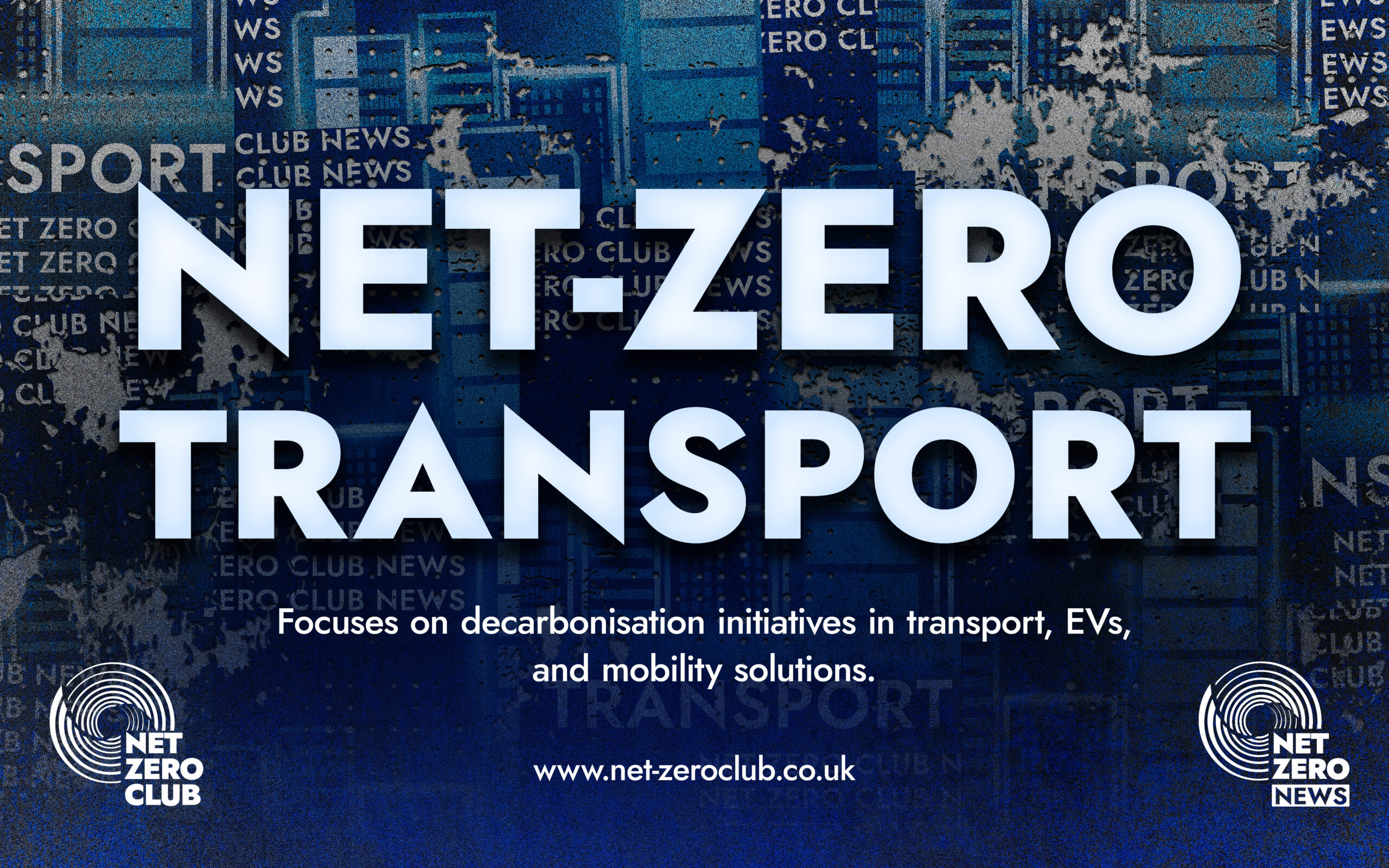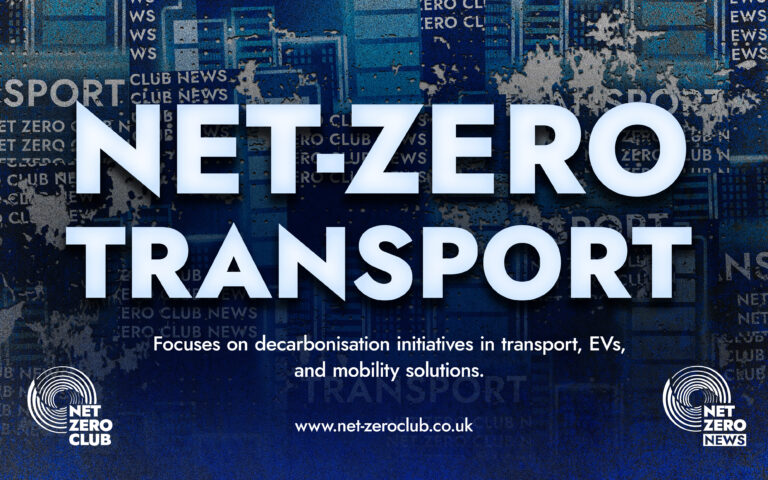Zapmap Reports Nearly 4,000 New Charge Points in Q3

Hello, Champions of Net Zero!
Exciting news is on the horizon for electric vehicle (EV) enthusiasts and advocates, as the latest statistics from Zapmap reveal a significant upward trend in the UK’s EV charging infrastructure during the third quarter of 2025. This development is a vital step towards achieving our collective net zero goals and supporting the growing number of electric vehicle users across the nation.
As of now, the UK boasts more than 86,000 charging devices, marking a substantial increase in the availability of charging points for electric vehicles. In just the last quarter, an impressive 3,928 new charge points were installed, bringing the total to 86,021 devices, which translates to 114,486 electric vehicle supply equipment (EVSE) units spread across 43,507 locations. This growth represents a remarkable 22% increase compared to the same period last year, underscoring the UK’s commitment to expanding its charging infrastructure.
Among the various categories of charging devices, ultra-rapid chargers—capable of delivering charging speeds of 150 kW and above—have demonstrated the most substantial growth. The current number of ultra-rapid chargers has surged to 9,290, reflecting a staggering 51% increase since September 2024. Additionally, the UK is home to 663 charging hubs, each featuring six or more rapid or ultra-rapid devices at a single location. Over the past year, 212 new hubs have been installed, catering to the needs of electric vehicle drivers, particularly during long journeys when reliable charging options are crucial.
These charging hubs are not just functional; they represent a forward-thinking approach to EV infrastructure. They focus on providing faster charging times, promoting sustainable energy systems, and ensuring that locations offer enhanced amenities for users. Recent developments in the EV hub landscape include Be.EV’s substantial £2.5 million investment aimed at establishing ultra-rapid charging facilities across four sites in London. Furthermore, Be.EV has unveiled its largest EV charging hub to date at the Telford Centre in Shropshire, equipped with 18 impressive 300 kW chargers.
In addition to Be.EV’s advancements, Zest has launched an ultra-rapid EV facility in Edmonton, designed for both community use and en-route charging, featuring 18 chargers with capabilities of up to 300 kW. Osprey has also contributed to the expansion of the charging network by adding 16 new 300 kW chargers close to Glasgow Airport, enhancing accessibility for EV users in Scotland.
Moreover, notable partnerships are forming in the sector, as evidenced by Extra MSA and Ionity extending their collaboration to bolster charging provisions at service stations in Cambridge, Cobham, and Peterborough. This partnership will see the addition of 24 new 350 kW chargers at each site, with further plans to expand EV capabilities across Leeds Skelton Lake, Blackburn, and Baldock Services by year-end. Such initiatives highlight the collective effort to improve charging accessibility and convenience for electric vehicle drivers.
Zapmap’s latest statistics also indicate a positive trend in the regional distribution of high-powered chargers across the UK. The North West has witnessed a remarkable 38% year-on-year growth in high-powered charging devices, followed closely by Yorkshire and the Humber with a 33% increase. Notably, the South-East and Wales have experienced the highest overall growth across all power bands, with just over 26% and just under 26% increases respectively. This regional growth is crucial in ensuring that all areas of the UK are equipped to support the rising number of electric vehicles.
In addition to high-powered charging, the concept of destination charging is gaining traction. This involves charging vehicles while parked, which is particularly relevant for locations where users may spend less than four hours, such as gyms and supermarkets. The UK is witnessing a shift towards rapid and ultra-rapid charge point installations in these locations, making it easier for drivers to top up their vehicles while going about their daily routines.
A noteworthy collaboration recently emerged between Zest and the North East Combined Authority, facilitated by funding from the Government’s Levelling Up Fund and the On-Street Residential Chargepoint Scheme (ORCS). This initiative will result in the installation of 40 new EV charging spaces across 18 sites, featuring speeds of up to 150 kW at key destinations such as town centre car parks, coastal locations, country parks, and leisure centres. This is a significant step in making EV charging more accessible, particularly in community-centric areas.
Furthermore, joint research conducted by Zapmap and the RAC reveals that, over the past 18 months, supermarkets have installed a total of 596 rapid or ultra-rapid chargers. This means that almost 60% of all supermarket EV locations now offer higher-powered charging facilities, further enhancing convenience for consumers who wish to charge their vehicles while shopping.
While the rapid expansion of high-powered chargers is encouraging, it is essential to remember that lower-powered charging devices still make up the largest segment of the charging infrastructure. These devices, which include slow and fast charge points typically found in car parks and tourist attractions, are vital for providing charging solutions during longer stops and top-ups. Currently, there are 68,665 charge points classified as low-powered, ensuring that EV users have access to a range of charging options as they navigate their day-to-day activities.
On-street charging devices, which fall into the lower-powered category and are designed for overnight charging, are particularly beneficial for drivers who lack off-street parking. In the third quarter of 2025 alone, 2,336 new on-street charging devices were added, bringing the total to 31,593. London continues to lead the charge in both EV adoption and near-home charging solutions, with the majority of these chargers (22,871) located in the Greater London area. Importantly, the growth in on-street charging provision across the rest of the UK is up by an impressive 31% year-on-year, highlighting the nationwide commitment to expanding EV infrastructure.
Another noteworthy milestone was achieved with the activation of the first charge point funded by the Local Electric Vehicle Infrastructure (LEVI) initiative, installed by Char.gy in collaboration with Brighton & Hove City Council. This marks a significant step forward in the delivery of the LEVI scheme, which aims to enhance EV charging infrastructure across local communities. Currently, there are 52 LEVI funding projects approved for delivery, with 19 of them now open to tender, paving the way for further advancements in EV charging accessibility.
Jade Edwards, head of insights at Zapmap, emphasised the importance of recent investments from both the UK Government and the Scottish Parliament. A £63 million allocation under the Plan for Change and a £6.3 million allocation to Local Authorities in southern Scotland are set to bolster the industry’s growth. Additionally, both parliaments have extended practical support for cross-pavement charging solutions, alongside incentives for electric vehicle buyers through the Government Electric Car Grant Scheme and the continuation of Transport Scotland’s interest-free loan. Notably, both Gridserve and Osprey have also secured funding to support their ongoing expansion efforts.
However, Edwards issued a cautionary note regarding two recent reports that highlight areas needing further attention to support both demand and supply in the EV market. ChargeUK has pinpointed factors contributing to the high costs associated with public charging, while a study by Char.gy in collaboration with YouGov has illustrated the positive impact that addressing misinformation could have on individuals currently hesitant about transitioning to electric vehicles.
Edwards concluded by stating, “While 2024 was a year of rapid growth, 2025 is shaping up to be a year of evaluation, with both the public and private sectors contemplating the long-term framework of the EV market.” This thoughtful approach will be essential as we move forward in our collective pursuit of a sustainable, net zero future.
As we continue on this journey towards net zero, the advancements in EV charging infrastructure are encouraging signs of progress. With ongoing investments, strategic partnerships, and an increase in charging options, the future of electric vehicles in the UK looks brighter than ever. Together, let us champion the cause and drive towards a cleaner, greener tomorrow!

 Got net-zero news, project updates, or product launches to share?
Got net-zero news, project updates, or product launches to share? 